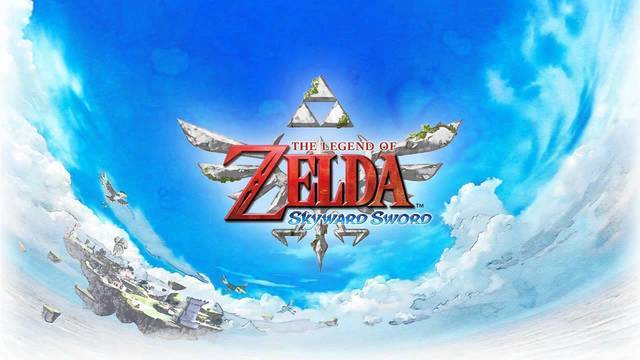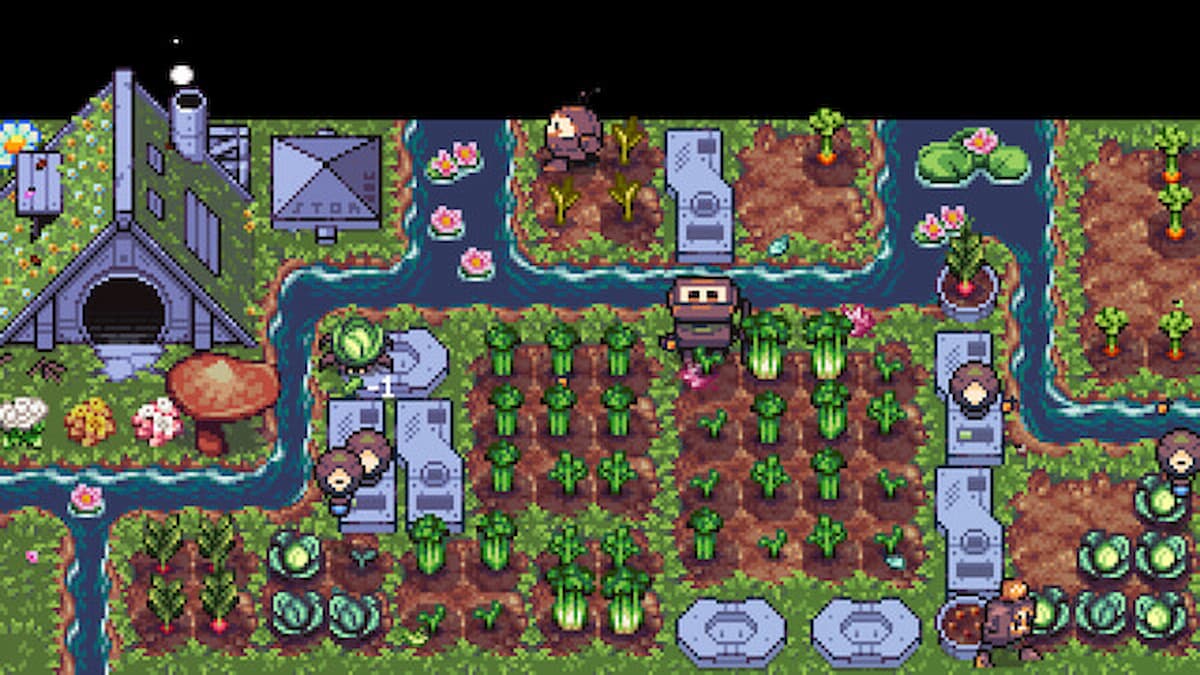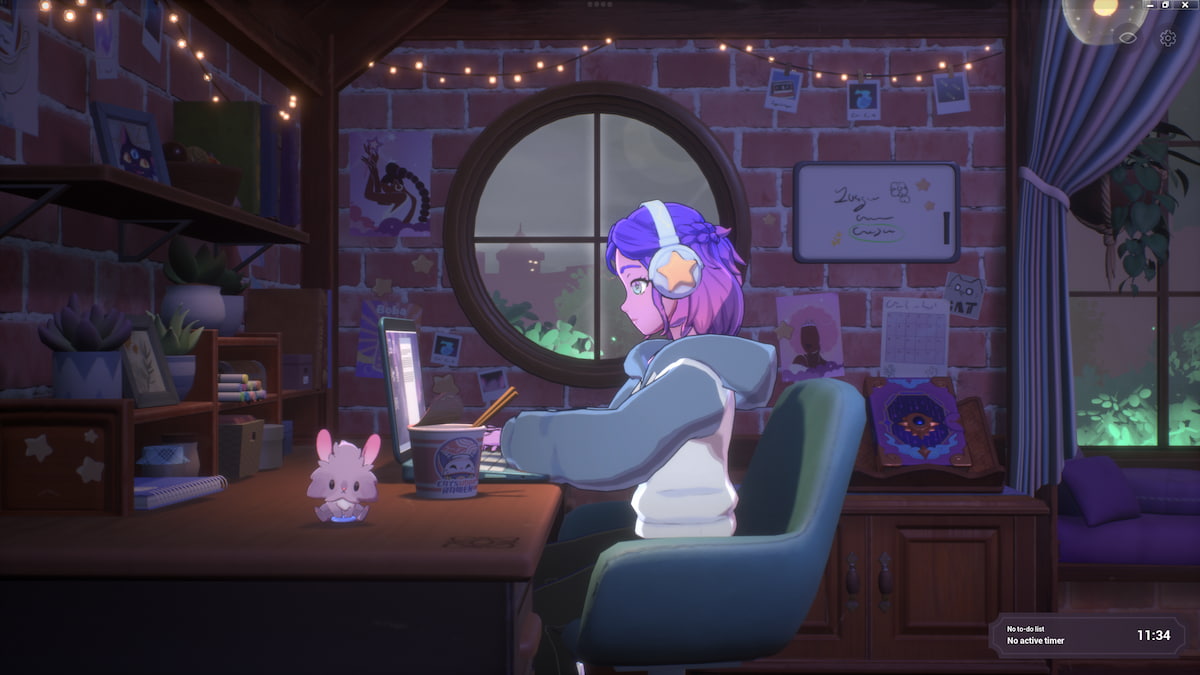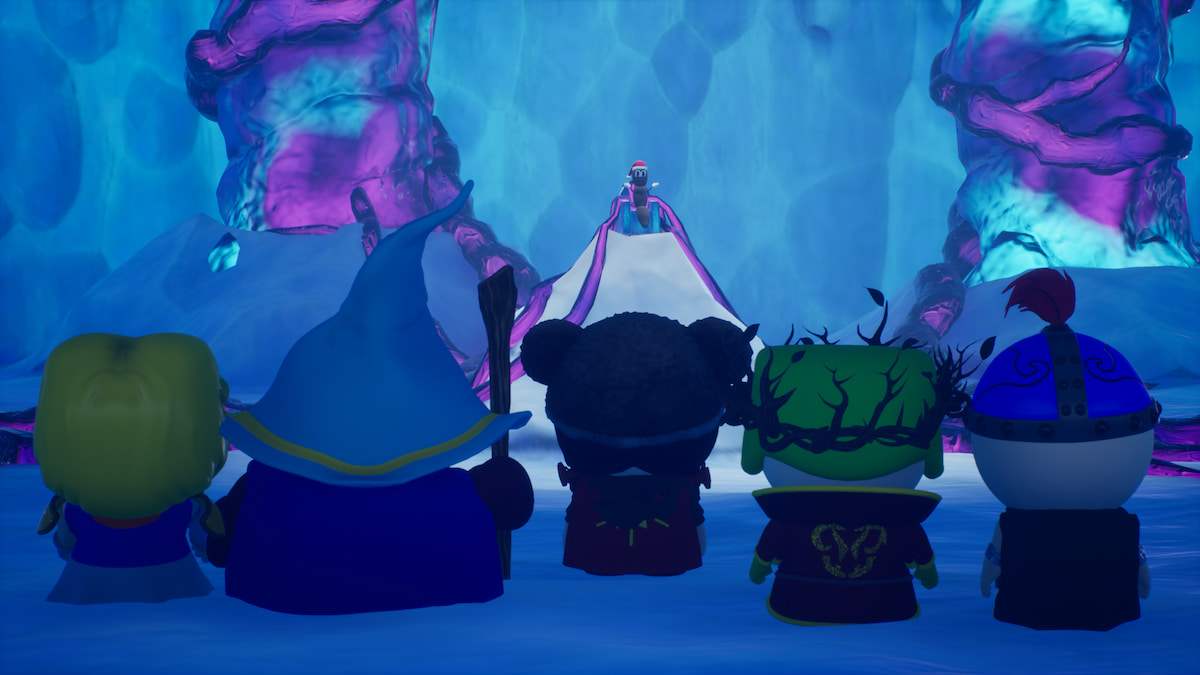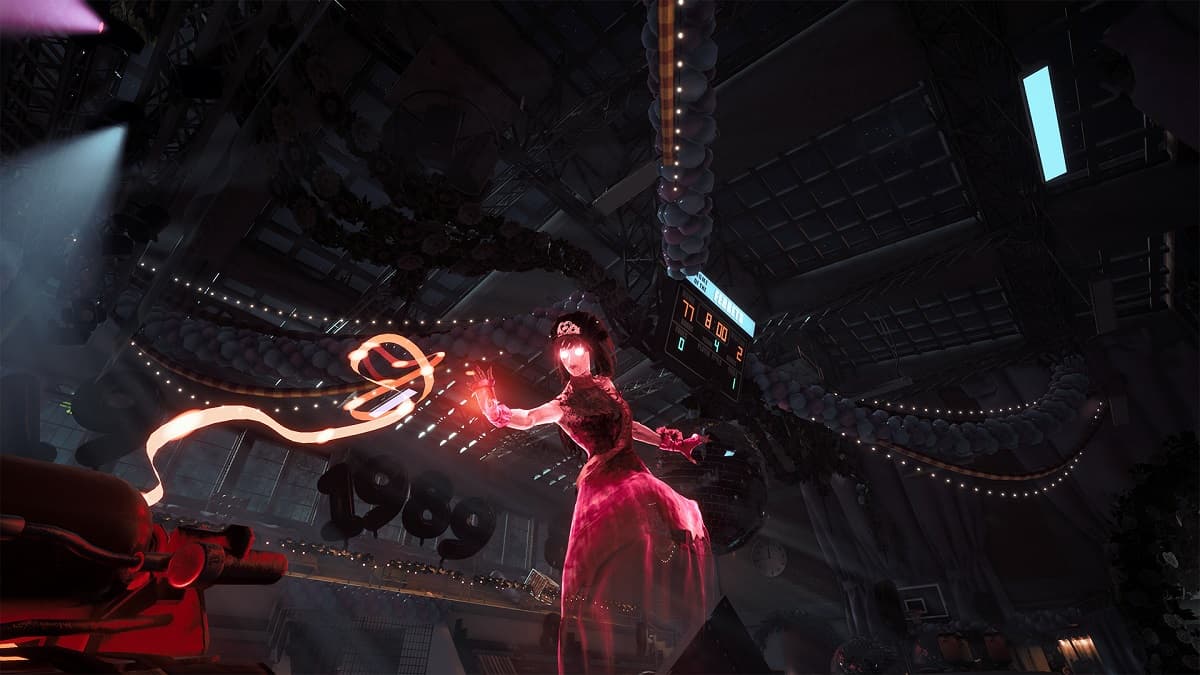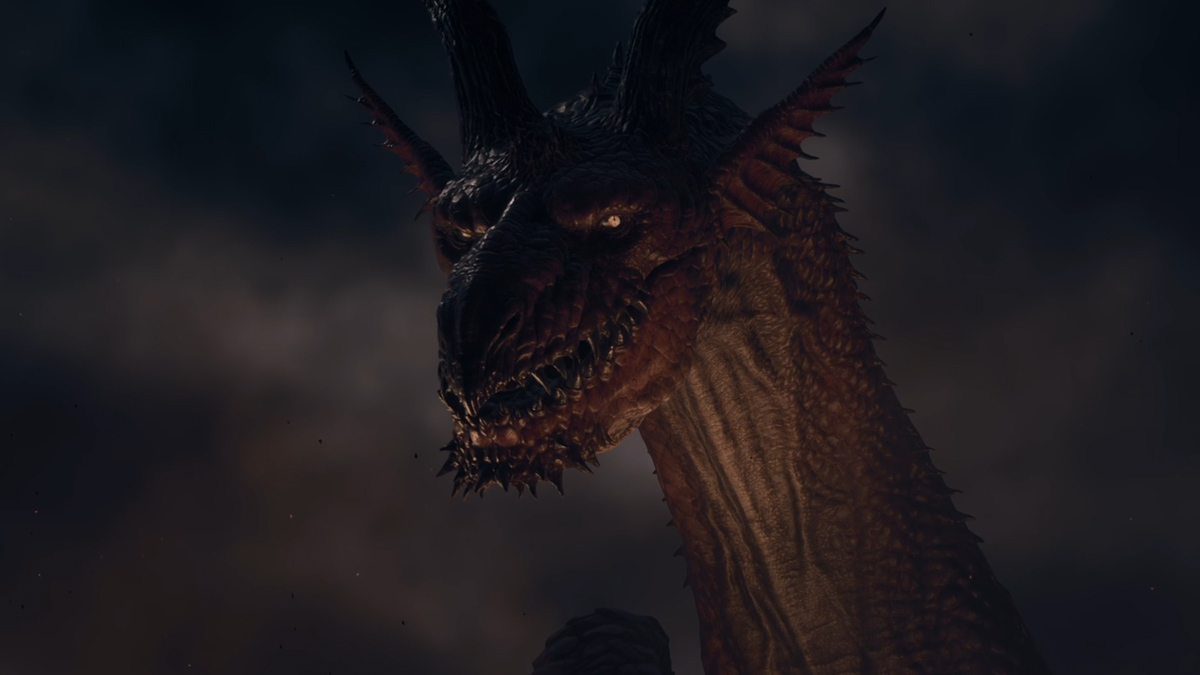I’m not entirely sure how I’ve made it this far, but we are now at week 15 of the Legend of Zelda Rewind Review! Today we finally leave the Nintendo DS and move back to the Nintendo Wii for some swashbuckling action in The Legend of Zelda: Skyward Sword.
Skyward Sword is one of the more controversial titles in the Legend of Zelda roster. Marking the only time where a non-sequel Zelda title shared a console, Skyward Sword has often been seen as bit of an oddity. Many negative and mixed reviews claim that Ocarina of Time – if released at the time of this game – would make this game appear inferior, claiming that the motion controls and lack of difficulty ruin the experience.
All bow down to the Legend of Zelda: Ocarina of Time master race!
Here at Rewind Reviews we love hearing that kind of statement before ripping the nostalgic heart out before their very eyes…
As with all Rewind Reviews, The Legend of Zelda: Skyward Sword will undergo a review process through the eyes of a modern critic. No nostalgia glasses, no excuses, no rationalizing hardware limitations, and no sparing myself from angry fans and readers. Nothing will excuse this game from anything that we – as modern gamers – would expect to see in the genre today.
So without further ado, let’s take to the skies and get Groosenated in The Legend of Zelda: Skyward Sword for the Nintendo Wii!
The Plot
Let me begin by saying that anyone who makes a negative claim against the story in Skyward Sword needs to get their glasses checked for a case of acute nostos-itis. This game’s plot and overall environmental feel is the pinnacle of the series to date, vastly diminishing any claim to the “Best Legend of Zelda Storyline” to date. Here’s why:
The plot itself is one of the most deviant thus far. The game first starts with a premonition – the second time in the series, with Ocarina of Time being the first – where Link has a vision of a great monster that ravages the land below. We are then taken out of the dream by a loftwing, and it is then that we discover that today is the day of the Wing Ceremony where he must compete to win the chance to stand beside Zelda.
The Imprisoned stands tall over Link in his nightmares.
As the game progresses further, we learn more about the goddess, Hylia, as well as the origins of our enemy. There’s also quite a bit of hidden lore revolving around various land-dwelling races that can be found if one is vigilant in doing so. Perhaps the most interesting storyline is the Timeshift Stones where we uncover a lost race using bubbles of time-reversing orbs.
I should note that Skyward Sword takes many cues from shonen anime. The reason I say this is that we have quite the number of tropes in the first part of the game in particular. We have the sleeping hero, a series of anime-esque comedic situations, the bully/rival, and even the sabotage of a competition by said bully/rival that must be overcome. We even have Zelda playing the role of the childhood female friend who looks out for him, even though he is supposedly fully capable himself.
The obvious romantic tension between Link and Zelda, mixed in with the anime trope of the over-caring childhood friend makes for a comedic and also heart-wrenching story as the game progresses…
This brings us to the next point: characters.
Without getting into too much detail (or spoilers) of the plot beyond Skyloft, I would like to say that it has some of the best character development in all of the Legend of Zelda series. While I did claim in my Rewind Review that Twilight Princess had a good plot, it suffered in terms of character development as Minda was the only dynamic character in the story. In Skyward Sword, every character that makes multiple appearances has something that changes who they are as the story progresses. In fact, even side quests can change how certain NPCs will act in the future.
My last point is that the plot is greatly enhanced by the facial animations. Nintendo has put a great deal of effort into making the faces in Skyward Sword as animated as possible without appearing overly cartoonish. The style of expressions matches that which one would expect from an anime such as Durarara! or Saint Seiya, meaning that characters are expressive but not so over-the-top that they cannot be taken seriously.
This game marks the first time where you can almost feel the anger flowing through Link, unlike Twilight Princess’s almost static facial expressions.
Thankfully, Nintendo has not made this game all too serious either. Certain characters have been given dramatic expressions or emotions to illustrate characteristics in ways that only a cartoonish face can. A prime example of this is Groose.
Groose – the rival/bully character – is one of the most entertaining characters in Legend of Zelda history. His crush on Zelda, his overly boyish attitude, and his denialist levels of cowardice make him the joke character of the game. However, what truly makes Groose great is that despite being a secondary – if not side – character, he is the most dynamic character in the game. He moves from the childhood bully of Link to the very guy who helps him keep the great evil at bay.
Good characters, great story, and even better facial expressions. When it comes to plot, it doesn’t get much better than Skyward Sword for the Legend of Zelda series.
The Gameplay
The Beautiful:
Only one thing in particular drew my attention in Skyward Sword, and that is the motion controls.
While I was not a fan of Twilight Princess’s remote-waggling, Skyward Sword delivers a 1:1 ratio for motion with the MotionPlus add-on. I was skeptical at first, but the MotionPlus opens up a bunch of gameplay possibilities. Some enemies in the game have been set up to block certain directions of sword swings, and the player must look for visual hints as to which way to attack. This adds a new level of gameplay that previous Zelda titles did not.
If you pay close attention to enemy movements you can take down harder enemies quickly, provided you attack in a timely fashion!
The MotionPlus is also used for other items as well. The beetle, for example, can be flown around using the motion controls to grab distant items or scout the area. Bombs can now be rolled thanks to more accurate motion detection, and the bow is much less jumpy since it no longer relies on infrared technology. Sadly, the rest of Link’s inventory is not so noticeable for its motion features, but the fact that the controls don’t interfere with gameplay is always a good thing.
I would like to address the complaints about the controls before moving on, however. While no one has explicitly said what exactly causes the issues for them, I can safely say that anyone with the slightest bit of hand-eye coordination should be able to play this game easily. My suggestion to the less coordinated is to change the sensitivity settings so that much more broad strokes must be made. That way you won’t have any issues where Link moves too much. Do the same in vice versa if needed.
The bottom left corner allows you to change the sensitivity at any time.
As for this game’s difficulty, I should note that this is the first game to feature hero mode. This feature vastly increases the difficulty of Skyward Sword by making a number of changes to the gameplay, including:
- Enemies deal double damage
- Hearts only appear when Link is holding the Heart Medal
- Demise is now part of the Thunder Dragon’s Lightning Round
- Treasures, bugs, and sheikah stones acquired in the last game are all available from the start
This mode is a true challenge for any player. The reason? While Skyward Sword is known to be easy, what most players don’t notice is how many hearts they have had to pick up to maintain a full health bar. By taking double damage players will likely take back those words as even the smallest enemies can take you down effortlessly.
The Good:
Dungeon design in Skyward Sword is some of the most interesting in the series. Not only is every area outside of a dungeon a “dungeon” of its own filled with puzzles and enemies, the dungeons themselves are filled with designs whose complications rival and surpass those of Twilight Princess and Ocarina of Time.
Being stripped of your items later in the game creates a sense of weakness that few Zelda titles ever recreate, especially so far into the game’s playthrough
The overworld dungeons (as I will call them for the sake of this article) are perhaps the most interesting part of the game. Each overworld has certain conditions that must be met in order to progress further into the game. Sometimes this can be something simple such as finding lost members of a tribe, or bringing Timeshift Stones to a certain area to move forward. Other times it can leave you stripped of your items until you find them again in a mission similar to that of the Forsaken Fortress from Wind Waker.
The game also makes great use of the motion-enabled controls of each item. Thanks to the ability to roll or throw bombs, or precisely control other various items, many puzzles require a great amount of precision over previous entries in the series. It also allows for puzzles that could not be made before using traditional control schemes.
Bosses in Skyward Sword are also some of the most complicated and difficult I have ever fought against. With the exception of Tentalus (which is basically a Morpha/Ghoma clone) the bosses each have a unique – and sometimes taxing – strategy to defeat. Minibosses are equally challenging at times, providing a truly enjoyable combat experience.
Minibosses are engaging, and sometimes have their own interesting thematic battles, such as this enemy, which Link must force to “walk the plank” so to speak in order to defeat him.
A much more overlooked feature is the inclusion of the Dowsing Feature that Fi enables for you with the Goddess Sword. Collection quests are much less painful thanks to the Dowsing Tool which allows players to point the sword in any direction to see if a particular quest item is in that direction. It’s a small feature that is typically useless to experienced Legend of Zelda players, but one that I am thankful for nonetheless.
Oh, and before I forget: they brought back Tears of Light. However, this time the game is much more intimidating as you must collect all of the Tears of the Goddesses before time runs out. If time runs out, then Link will be forced to flee from the Guardians of the Silent Realm. This leads to some adrenaline-pumping situations, and is much more fun than the Tears of Light from Twilight Princess. Thankfully, the sprinting feature (another plus) is here to make these sections just a little bit easier.
The Bad:
That said, Skyward Sword has a few flaws. While its introduction level is nowhere near as tedious and long as Twilight Princess, it does suffer from a fairly long tutorial as well. It seems to be a trend with games of the era, and while this might be excusable for some, it is not so here at Rewind Reviews.
Another issue is the scenes where Fi is needed to play Zelda’s harp. The timing and stroke patterns are a bit odd, and the time it takes to finish the song while listening to Fi’s garbled attempts at warming up her vocal chords is painful.
The worst part is that the petals disappear if you fail multiple times…
Also related to the motion controls is flying on your Loftwing. This is a smaller issue since the controls can be finicky at times, but it is never so terrible that you feel as though you are out of control.
Fi is also just as annoying as Navi from Ocarina of Time, however, I would never say that she’s worse. In fact, in retrospect, she might be a bit better since she does not react to absolutely everything you can target with the Z-Targeting. That said, it would be nice if she didn’t break my immersion by telling me my batteries are running low.
There is a red icon in the bottom right that tells me the battery is low. So why are you telling me this again, Fi?
Lastly, I should make a note that the battles with The Imprisoned are the bane of my existence. While each battle is slightly different, the repetitive nature of the battles is frustrating. They are quite challenging, nonetheless, but the tedious nature of the battles’ repetition far outweighs the adrenaline rush I get with each encounter.
The Presentation
As previously mentioned, the expressions in this game do wonders for immersion. Not only that, but the colorful palette makes for a beautiful environment that I could stare into for hours without getting tired of it. The character silhouettes are also well done, making each character feel unique.
Although I can’t say I’m a particular fan of the art style, I must say that I do appreciate the Wind Waker/Twilight Princess hybrid style that the game has. It provides players with something light hearted, but not so much so that it takes away from the serious nature of the plot. I do believe, however, that the game could still benefit from a hardware upgrade as the blurry textures can get in the way of immersion sometimes (as seen above).
Music is by far some of the best in the series, especially since the songs are fully orchestrated. I have often said in the previous few reviews that the games could benefit from non-synthesized music, and it shows with Skyward Sword. Just take a listen for yourself and you will see:
The Verdict
The Legend of Zelda: Skyward Sword is a remarkable game, despite having a couple of flaws. Would I say Ocarina of Time is better? No. Would I say it surpasses the standards set by Ocarina of Time? By a longshot. Would I say it’s better than Ocarina of Time 3DS? I’d say they’re about even, with Ocarina of Time 3DS barely pulling ahead.
In all honesty, I feel as though Skyward Sword suffered from sharing a console with another great Legend of Zelda title. If it had been released just a little bit later on the Wii U, then it would have perhaps become the best title in the series. However, fans will hold strongly to their nostalgia, I suppose.
As such, I give Skyward Sword a 9/10 for having some of the best gameplay, music, and plot the series has ever had. The only improvements I would make to give this game a 10/10 are all noted in The Bad section of this article, and that’s saying something.
But enough of what I think. What do you all think of Skyward Sword? Are you one of the game’s fans? Do you think it’s better than Twilight Princess? Ocarina of Time? Leave your thoughts and opinions in the comments section below!
This marks the end of Week 15 of the Legend of Zelda Rewind Review! Next week we tackle the last of the Legend of Zelda titles: A Link Between Worlds. I have quite a few things to say about that title, so stay tuned to GameSkinny for more RR-sama and all of your Rewind Review needs!
Reviews in this Series:
- The Legend of Zelda (NES)
- The Adventure of Link (NES)
- A Link to the Past (SNES/GBA)
- Link’s Awakening/Link’s Awakening DX (GB/GBC)
- Ocarina of Time/OoT 3DS (N64/3DS)
- Majora’s Mask/MM 3DS (N64/3DS)
- Oracle of Ages/Oracle of Seasons (GBC)
- Four Swords (GBA)
- The Wind Waker (GC)
- Four Swords Adventures (GC)
- The Minish Cap (GBA)
- Twilight Princess (GC/Wii)
- Phantom Hourglass (DS)
- Spirit Tracks (DS)
- Skyward Sword (Wii)
- A Link Between Worlds (3DS)
- Tri Force Heroes (3DS)

